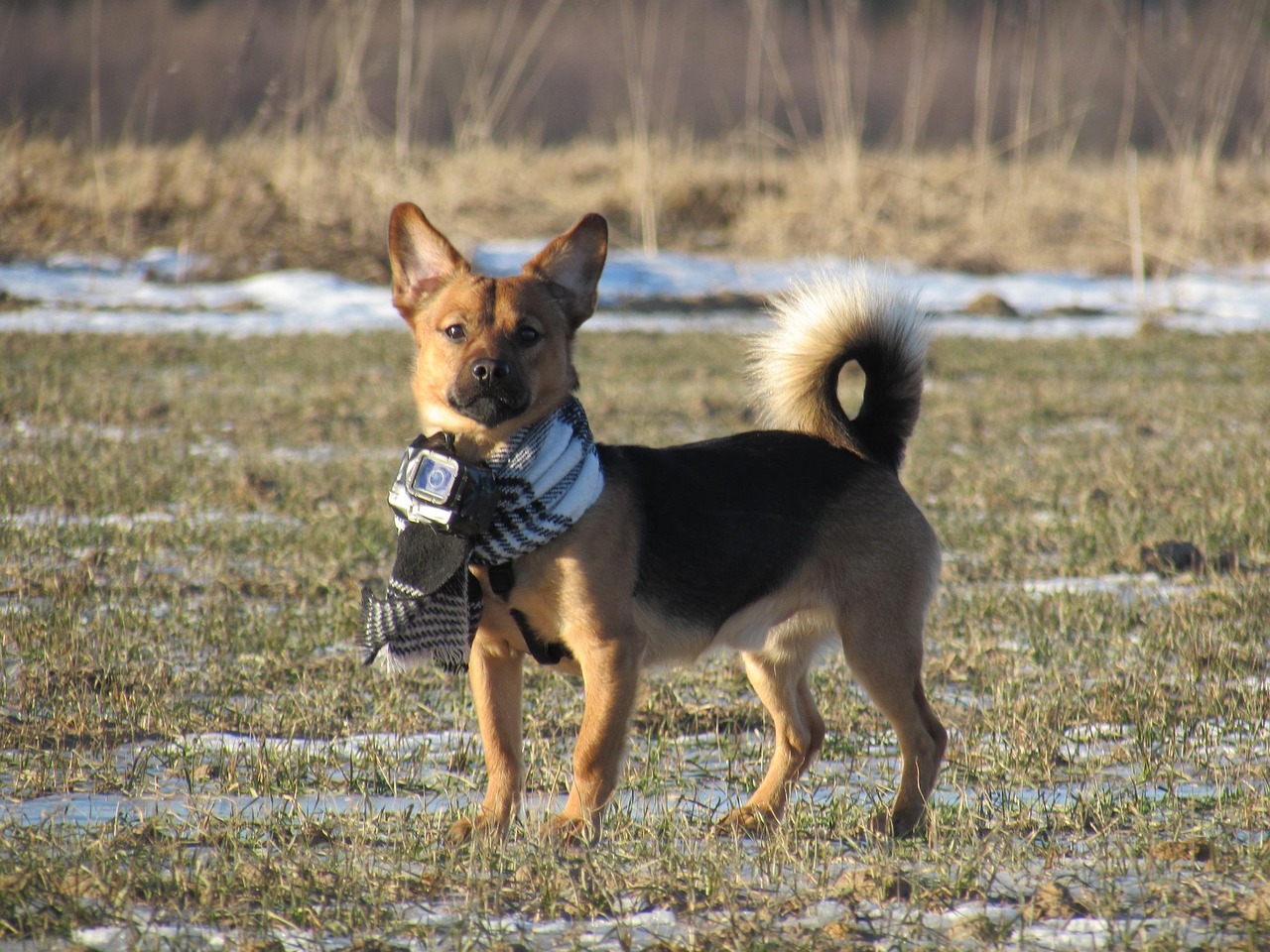In the ever-evolving world of action cameras, GoPro and DJI Osmo Action have consistently been at the forefront. As we step into 2025, both brands have introduced new features and enhancements that cater to adventurers and content creators alike. This article delves into their key features, performance metrics, and overall value, helping you make an informed decision for your next adventure.
GoPro cameras are synonymous with durability and innovation. In 2025, the latest models boast impressive specifications:
- Video Quality: 5.3K resolution at 60fps, ensuring stunning clarity.
- Stabilization: HyperSmooth 5.0 provides unparalleled stabilization for smooth footage.
- Waterproof Capabilities: Up to 33 feet without additional housing.
DJI Osmo Action stands out with unique features that enhance user experience:
- Dual Screens: A front-facing display allows for easy framing of selfies and vlogs.
- RockSteady Stabilization: Advanced stabilization technology that rivals GoPro’s offerings.
- Color Profiles: Options for different shooting environments, enhancing versatility.
When it comes to video quality, both cameras excel but in different ways. GoPro’s higher resolution is a clear advantage for detail-oriented shoots, while DJI’s color science offers vibrant hues, making it ideal for creators focused on aesthetics.
Stabilization is critical for capturing smooth footage. GoPro’s HyperSmooth technology has set a high bar, but DJI’s RockSteady has gained recognition for its effectiveness, especially in dynamic scenarios like biking or surfing.
Battery life can significantly affect your shooting experience. GoPro typically offers around 2 hours of recording time, while the DJI Osmo Action provides similar performance but with faster charging options, making it more convenient for long days out.
Design plays a crucial role in usability. GoPro’s rugged design is built for extreme conditions, while DJI Osmo Action’s intuitive interface and button layout enhance user experience, especially for quick adjustments.
Both brands offer a wide range of accessories that expand the functionality of their cameras:
- Mounts: Various mounts for helmets, bikes, and more.
- Filters: Enhance image quality in different lighting conditions.
- Cases: Protective cases for underwater and extreme sports.
Pricing can sway purchasing decisions. As of 2025, GoPro tends to be slightly more expensive, reflecting its premium features, while DJI Osmo Action offers competitive pricing that appeals to budget-conscious consumers.
User reviews highlight the strengths and weaknesses of both cameras. GoPro users often praise its robustness and video quality, while DJI Osmo Action enthusiasts appreciate its user-friendly interface and dual screens.
Different activities may require different features. For skiing or snowboarding, GoPro’s superior stabilization shines. Conversely, for vlogging or casual shooting, DJI’s dual-screen feature is a game-changer.
Editing software is crucial for enhancing footage. GoPro’s Quik app offers robust editing tools, while DJI’s Mimo app provides seamless integration with its cameras, allowing for quick edits on the go.
The action camera market is rapidly evolving. Innovations in AI, improved battery technology, and enhanced connectivity features are likely to shape the next generation of cameras from both GoPro and DJI.

What Are the Key Features of GoPro Cameras?
GoPro cameras have established themselves as a leader in the action camera market, thanks to their durability, advanced features, and user-friendly design. In this section, we will explore the essential specifications that make GoPro cameras a go-to choice for adventurers and content creators alike.
One of the most impressive aspects of GoPro cameras is their video quality. Most models offer resolutions up to 5K, allowing users to capture stunningly detailed footage. The ability to shoot in high frame rates, such as 240 frames per second, enables slow-motion capture, providing flexibility in video editing and storytelling.
Another key feature is the stabilization technology employed in GoPro cameras. The latest models are equipped with HyperSmooth stabilization, which significantly reduces shakiness and ensures smooth footage even during high-intensity activities. This technology is essential for users who engage in sports like mountain biking or skiing, where camera shake can detract from the viewing experience.
GoPro cameras are renowned for their waterproof capabilities. Most models can withstand depths of up to 33 feet (10 meters) without any additional housing. This feature makes them ideal for underwater photography, surfing, and other water sports. For those looking to dive deeper, optional housing can extend the waterproof capability even further.
The durability of GoPro cameras is another significant selling point. Constructed from high-quality materials, these cameras are designed to endure harsh conditions, including extreme temperatures and impacts. Many users have reported that their GoPro cameras have survived drops, bumps, and even encounters with wildlife, making them a reliable choice for adventurous users.
GoPro cameras also boast a user-friendly interface. The touchscreen display allows for easy navigation through settings and modes, while voice control features enable hands-free operation. This is particularly useful in situations where users cannot physically interact with the camera, such as during extreme sports or when their hands are occupied.
Battery life is crucial for action cameras, and GoPro has made significant improvements in this area. Most models come with batteries that last up to two hours of continuous recording, depending on the settings used. Additionally, GoPro offers various charging options, including portable power packs and solar chargers, ensuring users can keep filming without interruption.
GoPro’s extensive range of accessories enhances the functionality of their cameras. From mounts and tripods to filters and external microphones, users can customize their setup to suit different shooting scenarios. This versatility allows for creative expression and enables users to capture unique angles and perspectives.
In summary, GoPro cameras are equipped with a multitude of features that cater to the needs of action enthusiasts and content creators. With exceptional video quality, advanced stabilization, waterproof capabilities, and a durable design, they remain a top choice in the action camera market. As we move forward, these features continue to evolve, ensuring that GoPro remains at the forefront of innovation.
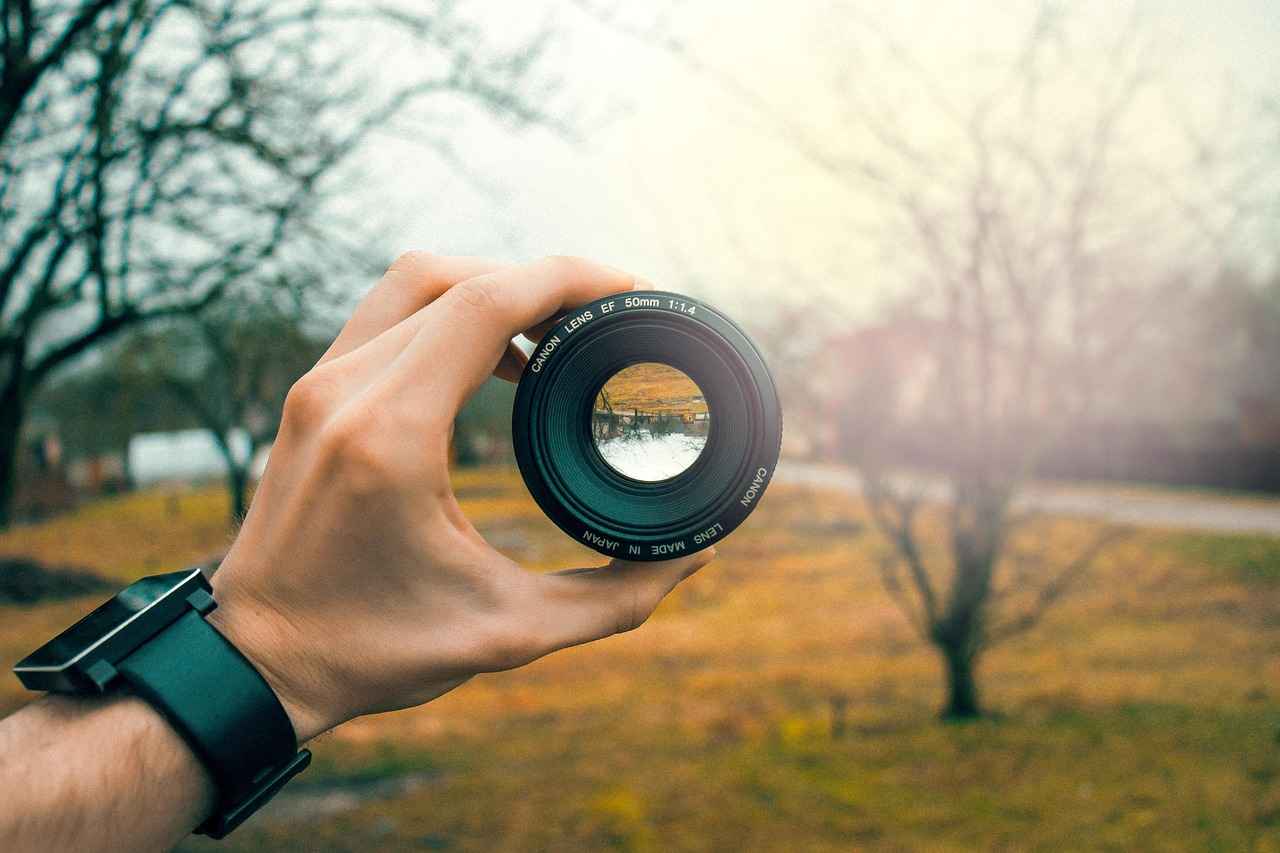
How Does the DJI Osmo Action Compare?
The DJI Osmo Action camera has garnered significant attention since its release, particularly for its innovative features that set it apart from competitors like GoPro. Notably, the Osmo Action boasts dual screens, allowing users to easily frame shots whether they are in front of the camera or behind it. This feature is especially beneficial for vloggers and content creators who need to monitor themselves while recording.
Another standout characteristic of the Osmo Action is its advanced stabilization technology. DJI has integrated a system known as RockSteady, which effectively smooths out footage, even during high-impact activities. This technology rivals GoPro’s HyperSmooth, which has been a benchmark in the action camera industry. Both technologies aim to deliver stable and shake-free videos, but the effectiveness can vary based on the shooting conditions.
When comparing the dual screens of the DJI Osmo Action to GoPro’s offerings, it becomes clear that this feature enhances usability. The front-facing screen is not just a gimmick; it allows for quick adjustments and framing, making it easier to capture the perfect shot. In contrast, GoPro models traditionally focus on rear screens, which may limit the ease of use for solo shooters.
In terms of video quality, both cameras offer impressive specifications, including the ability to shoot in 4K resolution. However, the Osmo Action’s ability to record at 60 frames per second provides a slight edge for capturing fast-moving scenes, making it ideal for sports and action shots. Users have noted that the color profiles and overall image clarity can differ, with some preferring the warmer tones produced by DJI.
Stabilization is a critical factor for action cameras, and both brands have made strides in this area. The Osmo Action’s RockSteady technology performs exceptionally well in dynamic environments, providing smooth footage even during intense movement. GoPro’s HyperSmooth, on the other hand, is known for its versatility and effectiveness in a variety of conditions. Users often report that both systems excel, but the choice may come down to personal preference and specific use cases.
Battery life is another vital aspect to consider. The DJI Osmo Action features a removable battery that offers a competitive lifespan, but it is essential to have spare batteries on hand for extended shoots. GoPro cameras have also improved their battery efficiency, but users often find that heavy usage can drain batteries quickly, requiring careful planning for long adventures.
Finally, the design and usability of both cameras play a crucial role in user experience. The Osmo Action’s compact design and intuitive interface make it user-friendly, especially for newcomers to action photography. Meanwhile, GoPro’s robust build and extensive accessory ecosystem provide versatility and durability for seasoned adventurers.
In conclusion, the DJI Osmo Action presents a formidable challenge to GoPro’s dominance in the action camera market. With its dual screens and advanced stabilization technology, it caters to a wide range of users, from casual vloggers to serious adventurers. As both brands continue to innovate, the choice between them will ultimately depend on individual needs and preferences.
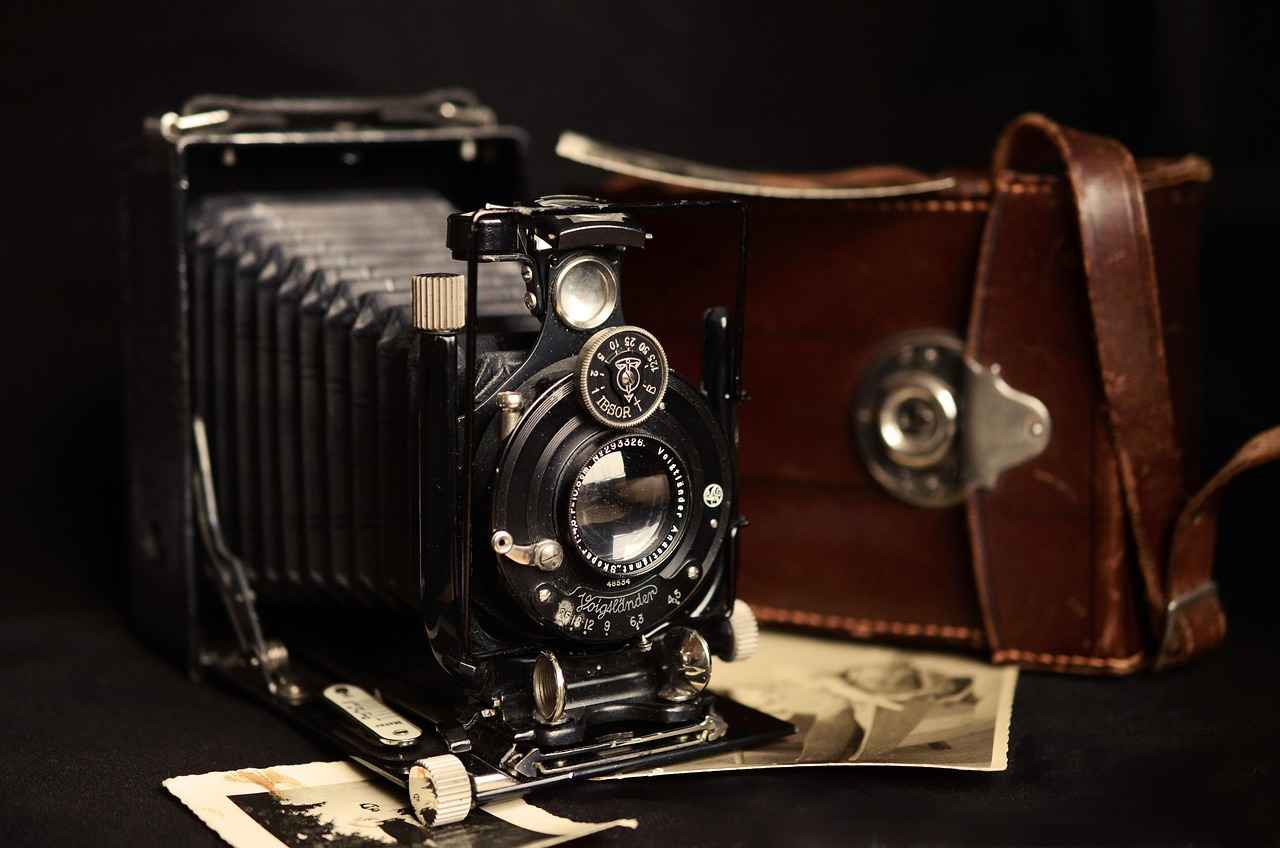
Which Camera Offers Better Video Quality?
When it comes to action cameras, video quality is a critical factor that can greatly influence your choice. In this section, we will delve into the specifics of video quality offered by two of the leading brands in the market: GoPro and DJI Osmo Action. By analyzing their resolution capabilities, frame rates, and overall image clarity, we aim to provide you with a comprehensive comparison to help you make an informed decision.
The resolution of a camera plays a vital role in determining the detail and clarity of your videos. The latest models from GoPro, such as the Hero 11 Black, offer impressive 5.3K resolution at up to 60 frames per second (fps). This high resolution ensures that even the fastest action is captured with remarkable detail and sharpness.
On the other hand, the DJI Osmo Action also stands out with its ability to shoot in 4K resolution at up to 60 fps. While this is slightly lower than GoPro’s top model, the Osmo Action compensates with its unique features, such as the ability to shoot in HDR, which enhances dynamic range and color accuracy.
Frame rates are another crucial aspect of video quality. The higher the frame rate, the smoother the motion appears in your footage. GoPro cameras excel with their capability to shoot at 240 fps in 1080p resolution, allowing for stunning slow-motion effects. This feature is particularly beneficial for action sports enthusiasts looking to capture every detail of their high-speed activities.
Conversely, the DJI Osmo Action also supports high frame rates, offering up to 120 fps in 4K resolution. While it may not reach the same peak as GoPro, the Osmo Action provides ample options for capturing smooth footage, especially for vlogging and adventure filming.
Image clarity is often subjective and can depend on various factors, including lighting conditions and post-processing capabilities. GoPro cameras are known for their superior color science and image processing, resulting in vibrant and true-to-life colors. The latest models feature advanced algorithms that enhance clarity, even in challenging lighting scenarios.
Meanwhile, the DJI Osmo Action is praised for its dual-screen feature, which not only provides ease of use but also helps in framing shots accurately. The image quality is generally sharp, but some users have noted that the colors may not be as vivid as those produced by GoPro cameras.
In summary, both GoPro and DJI Osmo Action offer excellent video quality, but they cater to slightly different needs. If you’re looking for the highest resolution and frame rates for extreme sports, GoPro may be the better option. However, if you value features like dual screens and HDR capabilities, the DJI Osmo Action could be the right fit for your adventures.
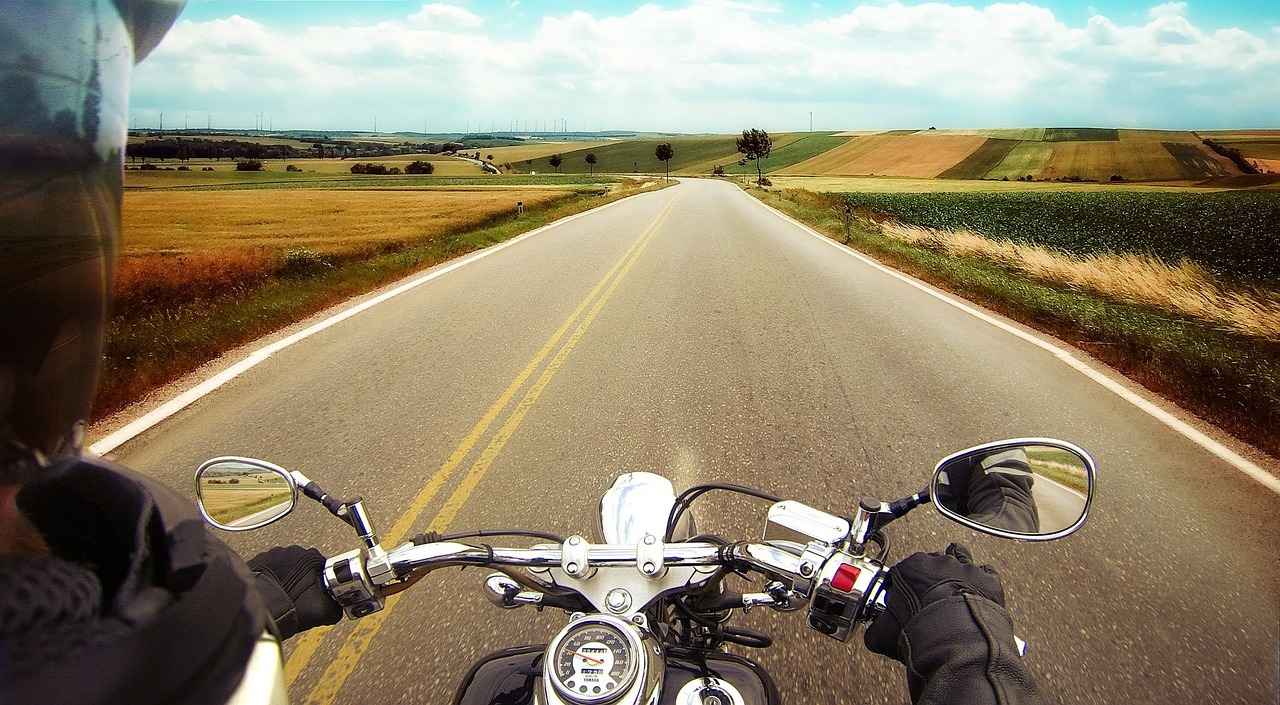
What About Stabilization Technology?
When it comes to capturing action-packed moments, stabilization technology is a game changer. The ability to produce smooth, shake-free footage can significantly enhance the viewing experience, allowing the audience to immerse themselves in the action without distractions. Both GoPro and DJI Osmo Action have made significant strides in this area, employing advanced technologies to ensure high-quality video output in various conditions.
GoPro’s HyperSmooth Technology
GoPro has been a pioneer in action camera stabilization with its HyperSmooth technology. This system utilizes advanced algorithms to analyze motion and apply real-time corrections, resulting in footage that appears as if it was shot on a gimbal. In practical terms, HyperSmooth is effective in a variety of settings, from biking on rugged trails to skiing down slopes. Users have reported that even during intense movements, the stabilization remains effective, providing a level of reliability that is crucial for action sports enthusiasts.
DJI Osmo Action’s RockSteady
On the other hand, the DJI Osmo Action features its own stabilization system called RockSteady. Similar to GoPro’s HyperSmooth, RockSteady employs electronic image stabilization (EIS) to minimize camera shake. This technology is particularly useful in dynamic environments, such as during extreme sports or while capturing fast-paced activities. Users have noted that RockSteady effectively smooths out the footage, making it comparable to that of more expensive gimbal setups.
Real-World Effectiveness
Both stabilization technologies have been put to the test in real-world scenarios. For instance, GoPro’s HyperSmooth has been praised for its ability to deliver stable footage even when mounted on moving vehicles. Meanwhile, DJI’s RockSteady has shown remarkable performance when capturing underwater scenes or during high-speed activities. However, the effectiveness of stabilization can vary depending on the shooting conditions and camera settings. For example, in low-light conditions, both systems may struggle slightly, but overall, they provide impressive results.
Comparison of Stabilization Features
| Feature | GoPro HyperSmooth | DJI RockSteady |
|---|---|---|
| Type of Stabilization | Electronic Image Stabilization | Electronic Image Stabilization |
| Effectiveness in Motion | Excellent | Very Good |
| Usability in Low Light | Good | Good |
| Additional Features | Boost mode for extreme stabilization | Dual-screen for easy framing |
User Feedback and Preferences
User feedback often highlights personal preferences when it comes to stabilization. While some users prefer the feel of GoPro’s HyperSmooth for its seamless integration with other camera features, others appreciate the dual-screen functionality of the DJI Osmo Action, which allows for easier framing during shots. Ultimately, the choice between these two stabilization technologies may come down to individual shooting styles and preferences.
In summary, both GoPro and DJI Osmo Action offer robust stabilization solutions that cater to the needs of action camera users. Whether you choose HyperSmooth or RockSteady, you can expect a significant enhancement in the quality of your footage, allowing you to focus on capturing the moment rather than worrying about camera shake.
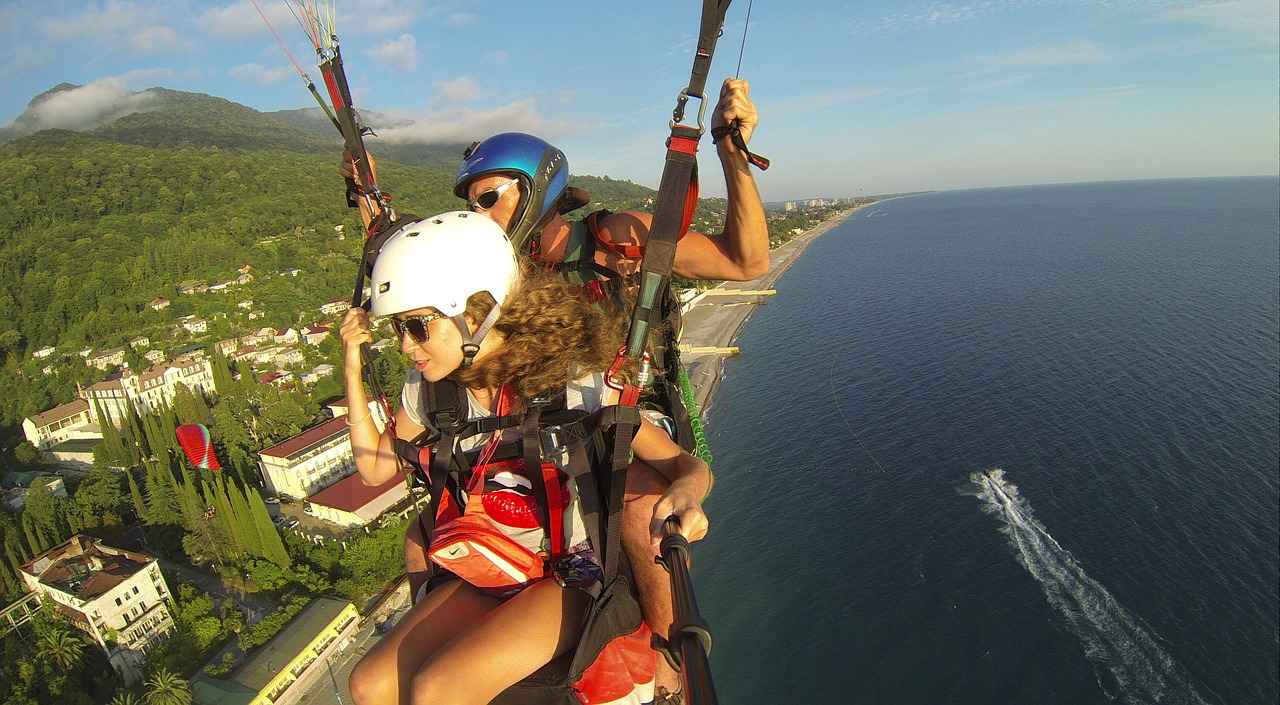
How Do Battery Life and Charging Compare?
Battery performance is a critical factor that can significantly influence the overall experience of using an action camera. When it comes to capturing breathtaking moments, the last thing you want is for your camera to run out of juice at a crucial moment. In this section, we will delve into the battery life of both the GoPro and the DJI Osmo Action, offering a detailed comparison of their charging times and options.
The GoPro Hero series has consistently pushed the envelope in terms of battery efficiency. The latest models boast impressive battery life, often exceeding two hours of continuous recording time under optimal conditions. This longevity is particularly beneficial for adventurers who engage in long activities such as hiking or biking. Furthermore, GoPro offers a variety of charging options, including the ability to charge the camera while recording using a power bank, ensuring that users can keep shooting without interruption.
On the other hand, the DJI Osmo Action has also made significant strides in battery technology. Typically, users can expect around two hours of recording time as well, although this may vary depending on settings like resolution and frame rate. One of the standout features of the Osmo Action is its fast charging capability. With a compatible charger, users can achieve up to 80% charge in just 30 minutes. This feature is particularly advantageous for those who may not have access to a power source during their adventures.
| Camera Model | Battery Life | Charging Time | Charging Options |
|---|---|---|---|
| GoPro Hero | Up to 2 hours | Approximately 2 hours | Power bank compatible |
| DJI Osmo Action | Up to 2 hours | 80% in 30 minutes | Fast charging available |
Both cameras utilize lithium-ion batteries, which are known for their reliability and efficiency. However, when it comes to cold weather performance, the GoPro tends to hold up better, maintaining its battery life even in lower temperatures. This is a crucial consideration for outdoor enthusiasts who may find themselves in challenging environments.
Moreover, both brands offer additional battery packs that can be purchased separately, allowing users to extend their shooting time significantly. This flexibility is essential for filmmakers and content creators who require extended periods of recording without the need for frequent recharges.
In conclusion, while both the GoPro and DJI Osmo Action provide competitive battery life and charging options, the choice may ultimately depend on individual use cases. If rapid recharging and quick turnaround are priorities, the DJI Osmo Action may have the edge. However, for those who prioritize longevity and performance in extreme conditions, the GoPro could be the better option. Understanding these nuances can help you make an informed decision that best suits your action-packed lifestyle.
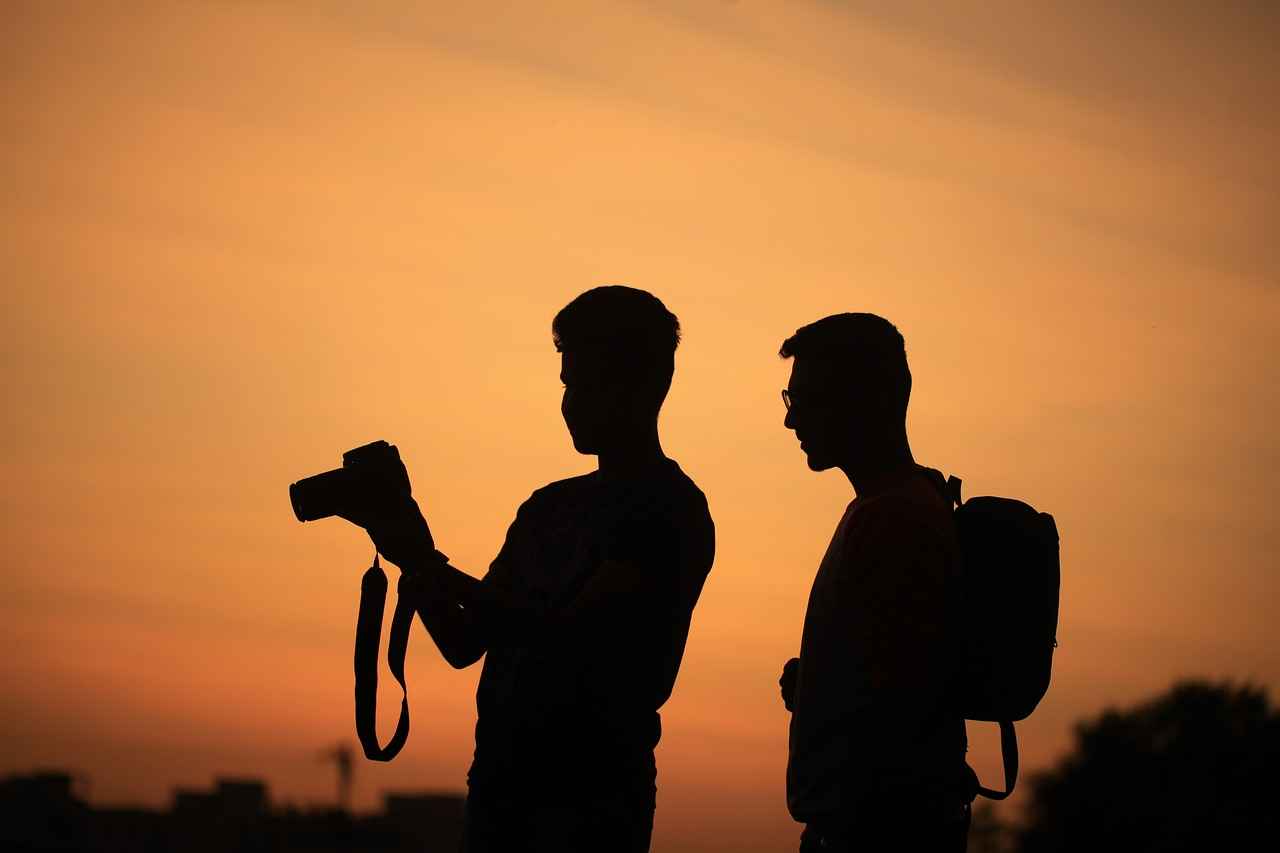
What Are the Design and Usability Differences?
The design and usability of action cameras play a crucial role in enhancing the overall user experience. When it comes to capturing breathtaking moments, both the GoPro and DJI Osmo Action have made significant strides in their physical design and user interface. Understanding these differences can help users choose the right camera for their needs.
The GoPro camera is known for its rugged and compact design, making it highly portable and suitable for extreme conditions. Its durable housing is waterproof and shockproof, allowing users to take it on various adventures without worrying about damage. The DJI Osmo Action, on the other hand, features a sleek and modern design with dual screens that enhance usability. The front-facing screen is particularly useful for vlogging, allowing users to frame their shots easily.
When it comes to button layout, both cameras have their unique approaches. The GoPro utilizes a minimalistic design with a few well-placed buttons, making it straightforward for users to operate, even with gloves on. This is essential for users engaging in activities like skiing or biking. Conversely, the DJI Osmo Action features a more complex button layout, which can be beneficial for advanced users who want quick access to various settings. However, this complexity may pose a challenge for beginners.
The user interface of both cameras is designed with the user in mind. GoPro’s interface is intuitive, allowing users to navigate through menus quickly. The touch screen is responsive, and the layout is clean, making it easy to adjust settings on the go. In contrast, the DJI Osmo Action’s interface is also user-friendly, especially with its dual screens, which provide additional context and control. However, some users may find the learning curve steeper due to the additional features available.
Comfort in handling the camera is another vital aspect of usability. The GoPro’s design allows for a secure grip, which is essential during high-action situations. The body is designed to be lightweight, reducing fatigue during prolonged use. The DJI Osmo Action, while also lightweight, offers a more substantial feel, which some users may prefer for stability. Both cameras come with various mounting options that enhance usability, allowing users to capture footage from different angles effortlessly.
Ultimately, the choice between GoPro and DJI Osmo Action will depend on individual preferences and specific use cases. Users who prioritize a rugged design and straightforward usability may lean towards GoPro, while those who appreciate advanced features and dual screens might prefer the DJI Osmo Action. Understanding these design and usability differences is essential for making an informed decision that aligns with your filming needs.

How Do Accessories Enhance Functionality?
When it comes to action cameras, the right accessories can significantly enhance functionality and versatility, allowing users to capture stunning footage in a variety of environments. In this section, we explore the extensive range of accessories available for both GoPro and DJI Osmo Action, focusing on how these tools can expand the capabilities of your camera.
Both GoPro and DJI offer a wide array of accessories designed to cater to different needs and preferences. Here are some of the most popular categories:
- Mounts: Various mounts, including helmet mounts, chest straps, and tripod adapters, allow users to secure their cameras in unique ways. This flexibility is essential for capturing immersive angles during activities like biking, skiing, or surfing.
- Cases: Waterproof cases and protective housings are crucial for safeguarding your camera during extreme sports or underwater adventures. These cases not only protect from water damage but also provide additional durability against impacts.
- Filters: ND filters and polarizing filters help improve image quality by reducing glare and managing exposure. These filters are particularly useful for capturing stunning landscapes or filming in bright conditions.
- Microphones: External microphones can significantly enhance audio quality, making them ideal for vlogging or capturing clear audio during interviews and action shots.
- Lighting: Additional lighting accessories, such as LED lights, can improve visibility in low-light conditions, ensuring that your footage remains crisp and clear.
Using accessories can transform the way you interact with your action camera. Here are some ways they enhance the overall user experience:
- Increased Creativity: With a variety of mounts and rigs, users can experiment with different perspectives and angles, leading to more creative and dynamic footage.
- Enhanced Stability: Accessories like gimbals and stabilizers help achieve smoother shots, reducing shaky footage during high-action moments.
- Improved Protection: Protective cases and screen protectors ensure that your camera remains in top condition, allowing you to focus on capturing great moments without worrying about damage.
- Customization: Many accessories allow for personalization, enabling users to tailor their setup to fit specific activities or preferences. This level of customization can lead to a more enjoyable filming experience.
While both brands offer a plethora of accessories, there are some differences to consider:
- Compatibility: GoPro accessories are often designed for specific models, while DJI Osmo Action accessories may be more universal, catering to a broader range of devices.
- Quality and Durability: Both brands maintain high standards for quality, but GoPro is often recognized for its rugged build, making their accessories particularly suited for extreme sports.
- Price Range: Accessories for both brands can vary significantly in price. GoPro tends to have a higher price point for some specialized accessories, while DJI may offer more budget-friendly options.
In conclusion, the right accessories can greatly enhance the functionality of your action camera, allowing for improved creativity, stability, and overall user experience. Whether you choose GoPro or DJI Osmo Action, investing in quality accessories is key to unlocking the full potential of your camera.
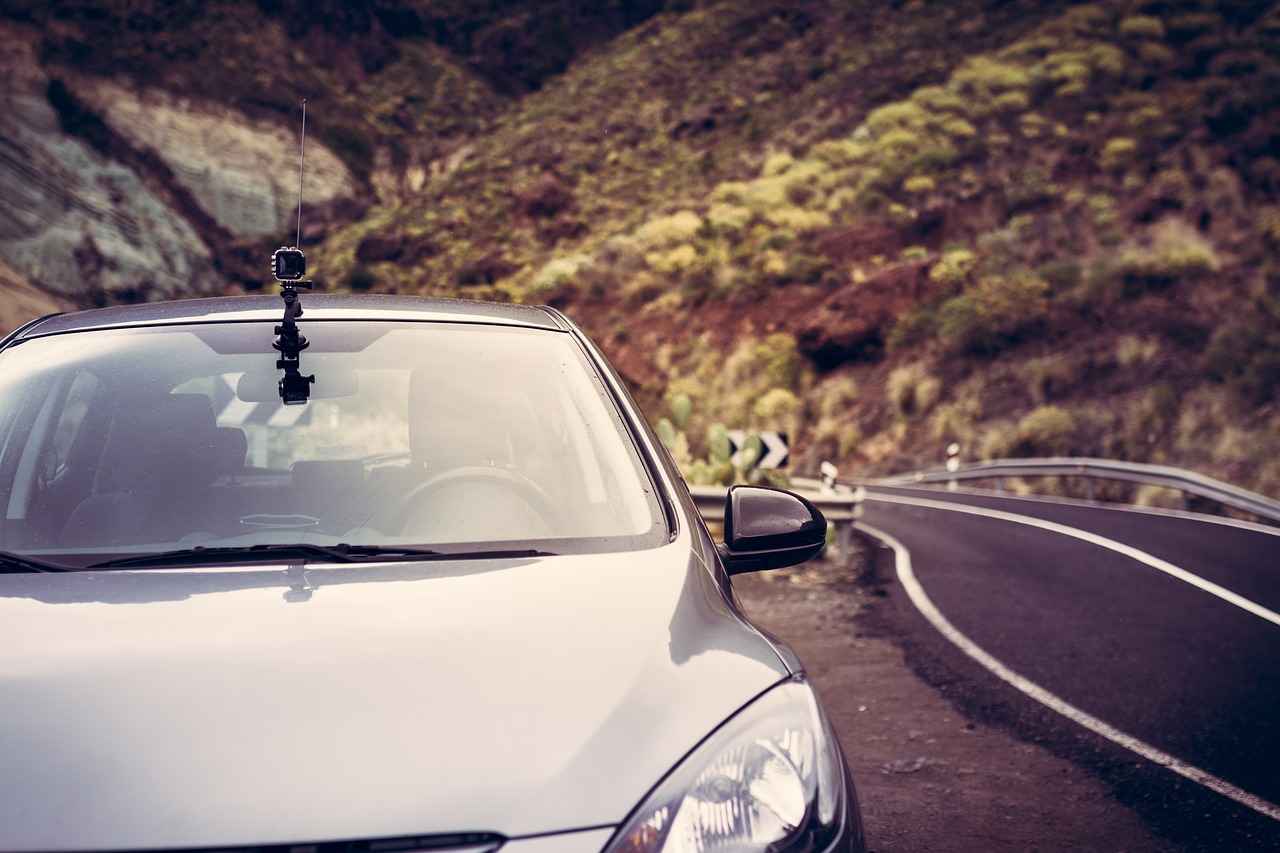
What Is the Price Comparison for 2025?
When it comes to purchasing action cameras, pricing plays a crucial role in influencing consumer choices. In 2025, both GoPro and DJI Osmo Action have established themselves as leading contenders in the market, each offering unique features and bundles that cater to different needs and budgets. This section will provide a detailed comparison of their price points, value for money, and available bundles to help you make an informed decision.
As of 2025, the base model of the GoPro HERO series is priced at approximately $399. This model is equipped with advanced features such as 4K video recording, HyperSmooth stabilization, and waterproof capabilities up to 33 feet. GoPro also offers various bundles that can include accessories like mounts, tripods, and extra batteries, which can enhance the overall value for consumers looking to maximize their purchase.
On the other hand, the DJI Osmo Action is competitively priced at around $349. This camera stands out with its dual-screen feature and RockSteady stabilization technology. DJI also provides a range of bundles, including accessories such as protective cases and additional mounts, which can be appealing for users who want to expand their camera’s functionality without breaking the bank.
When evaluating value for money, it’s essential to consider the features offered at each price point. For instance, while the GoPro HERO is slightly more expensive, it is often praised for its superior build quality and extensive ecosystem of accessories. In contrast, the DJI Osmo Action, while cheaper, offers innovative features that may cater to vloggers and casual users who prioritize versatility.
| Camera Model | Price | Key Features | Available Bundles |
|---|---|---|---|
| GoPro HERO | $399 | 4K Video, HyperSmooth Stabilization, Waterproof | Mounts, Tripods, Extra Batteries |
| DJI Osmo Action | $349 | Dual Screens, RockSteady Stabilization | Protective Cases, Additional Mounts |
Another factor to consider is the long-term value of these cameras. GoPro has a loyal following and a robust community, which means users can find extensive support and a wealth of tutorials online. DJI’s Osmo Action, while newer to the market, has been gaining traction due to its innovative features and competitive pricing.
Ultimately, the decision between GoPro and DJI Osmo Action in 2025 will depend on your specific needs and budget. If you’re looking for a camera with a proven track record and extensive accessory options, GoPro may be the better choice. However, if you’re seeking a more budget-friendly option with unique features, the DJI Osmo Action could be the perfect fit.
In conclusion, both GoPro and DJI Osmo Action offer compelling options for action camera enthusiasts. By carefully considering the pricing, features, and available bundles, you can make a choice that aligns with your individual preferences and requirements.
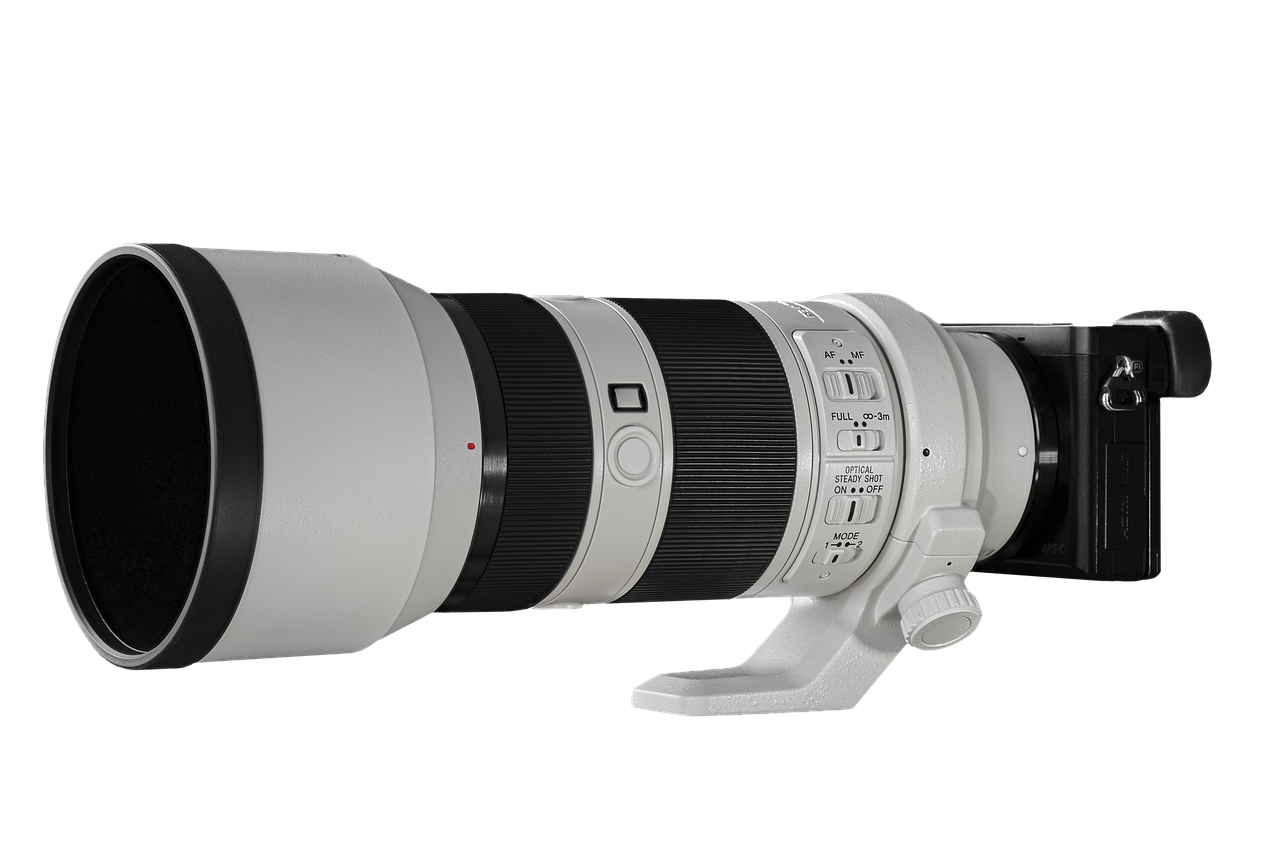
How Do Users Rate Each Camera?
User reviews serve as a valuable resource for potential buyers, offering insights into the real-world performance of both the GoPro and DJI Osmo Action cameras. In 2025, users have shared their experiences, highlighting various strengths and weaknesses that can aid in making an informed decision.
When it comes to the GoPro, users frequently praise its durability and video quality. Many reviews emphasize the camera’s resilience in extreme conditions, making it a favorite among adventure enthusiasts. For instance, a user noted, “I took my GoPro skiing, and it handled the cold and falls like a champ!” Additionally, the video stabilization technology is often highlighted, with users stating that it delivers smooth footage even during high-action scenes.
However, some users have pointed out areas for improvement. A recurring theme in reviews is the battery life. Several users reported that the battery drains quickly during extended use, especially when shooting in high resolutions. One user mentioned, “I love my GoPro, but I always carry extra batteries because it doesn’t last as long as I’d hoped.” This feedback suggests that while the camera excels in many aspects, battery performance can impact the overall experience.
On the other hand, the DJI Osmo Action has garnered attention for its unique features, such as the dual screens. Users appreciate the ability to frame themselves while vlogging or capturing action shots. A user review stated, “The front screen is a game-changer for selfies and vlogs!” This feature has made the Osmo Action particularly popular among content creators who prioritize ease of use.
Despite its strengths, the DJI Osmo Action is not without its criticisms. Some users have expressed concerns regarding the user interface, stating that it can be less intuitive compared to the GoPro. One review highlighted, “The settings menu is a bit confusing at first, but I got used to it.” This indicates that while the camera offers excellent features, the learning curve may deter some users.
In terms of video quality, both cameras receive high marks, but preferences can vary based on the type of content being shot. Users have noted that the GoPro tends to excel in low-light conditions, while the DJI Osmo Action shines in bright, outdoor environments. A user summarized this by saying, “For night shots, GoPro is my go-to, but for sunny days, I prefer the Osmo.” This feedback showcases the importance of understanding individual needs when choosing between the two cameras.
Ultimately, user reviews reveal that both the GoPro and DJI Osmo Action have their own unique strengths and weaknesses. The GoPro is often favored for its ruggedness and video quality, while the Osmo Action is celebrated for its innovative features and user-friendly aspects. By examining these insights, potential buyers can better assess which camera aligns with their specific needs and preferences.
| Camera | Strengths | Weaknesses |
|---|---|---|
| GoPro |
|
|
| DJI Osmo Action |
|
|
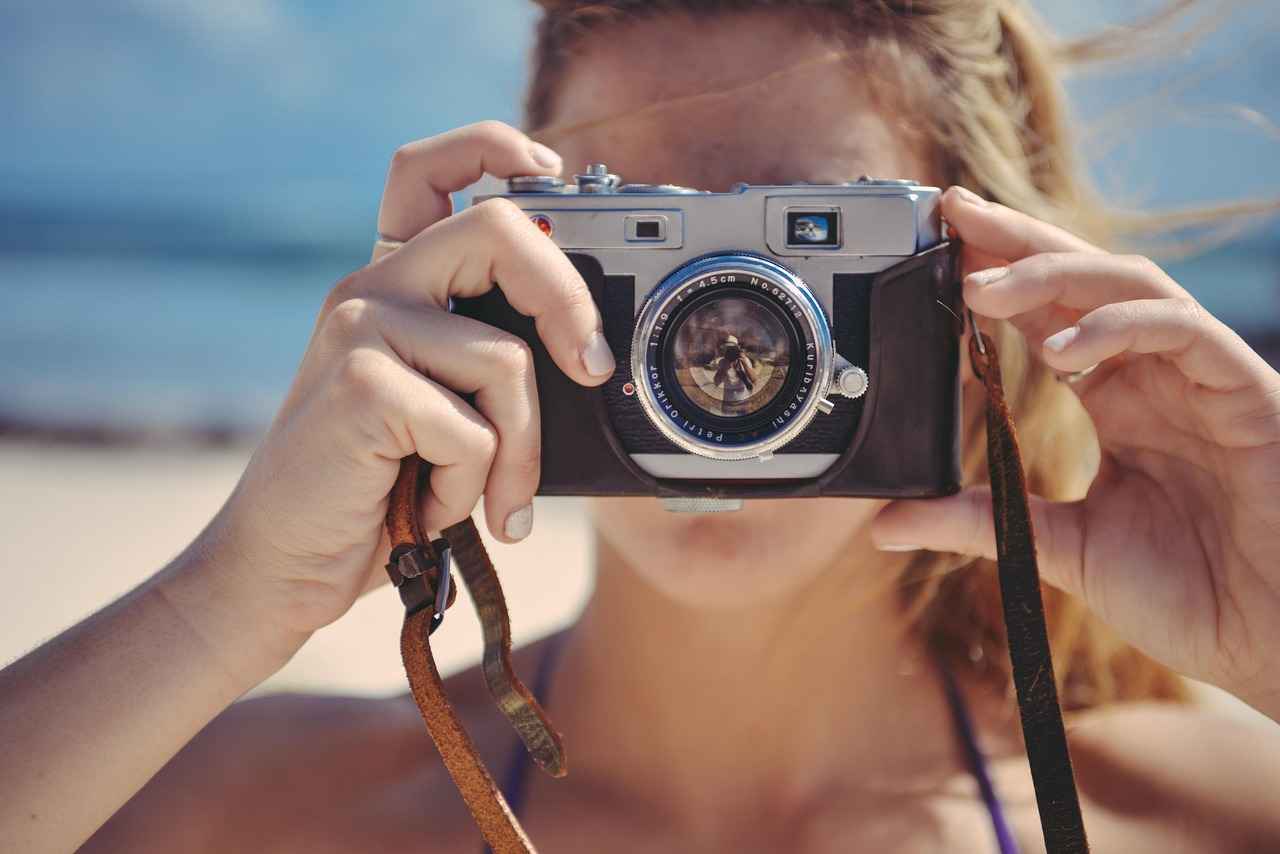
Which Camera Is Best for Specific Activities?
When choosing an action camera, understanding how different models perform in specific activities is crucial. Each camera has unique features that make it more suitable for certain scenarios. Here, we will examine how the GoPro and DJI Osmo Action excel in various activities such as skiing, Diving, and vlogging.
- Skiing:
For skiing enthusiasts, a camera that can withstand cold temperatures and capture fast action is essential. The GoPro Hero series is known for its robust build quality and excellent stabilization features, making it ideal for capturing the thrill of skiing. Its HyperSmooth stabilization ensures smooth footage, even on bumpy slopes. Additionally, the GoPro’s waterproof capabilities allow it to perform well in snowy conditions.
- Diving:
Diving requires a camera that not only delivers high-quality underwater footage but also has a reliable waterproof housing. The GoPro Hero models have been popular among divers for years, offering 4K video capabilities and impressive low-light performance. In contrast, the DJI Osmo Action also offers waterproof features, but its dual-screen setup is particularly advantageous for divers wanting to frame their shots while underwater.
- Vlogging:
For vloggers, having a camera that is easy to use and offers excellent audio quality is paramount. The DJI Osmo Action shines in this area with its front-facing screen, allowing content creators to monitor themselves while filming. Its advanced stabilization also ensures that walking or moving shots remain steady, which is essential for engaging vlogs. The GoPro, while lacking a front screen, compensates with its high-quality audio and versatile mounting options, making it an excellent choice for dynamic vlogging scenarios.
In summary, both the GoPro and DJI Osmo Action have strengths tailored to different activities. The GoPro excels in skiing and diving with its ruggedness and stability, while the DJI Osmo Action stands out for vlogging thanks to its user-friendly design and dual screens. Understanding the demands of your specific activity will guide you in selecting the right camera for your adventures.
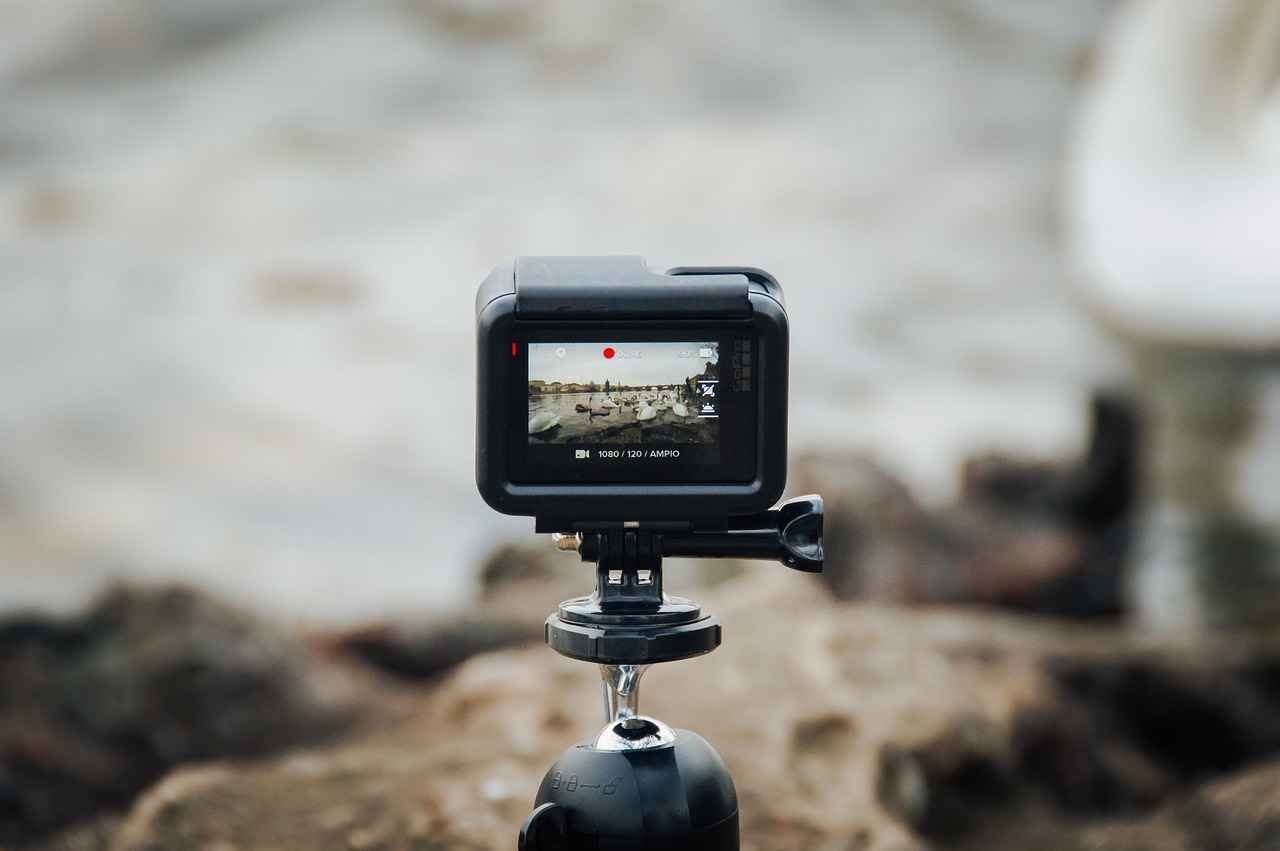
What Are the Software and Editing Capabilities?
In the realm of video production, software and editing capabilities are crucial for transforming raw footage into polished masterpieces. This is especially true for action cameras, where the quality of the final product often hinges on the tools used during post-production. In this section, we will explore the editing software and mobile applications offered by GoPro and DJI, highlighting their features and usability to help you choose the best option for enhancing your video footage.
GoPro provides an array of editing solutions tailored to both novice and experienced users. The flagship software, GoPro Quik, is designed for quick edits and seamless sharing. With features like automatic video creation, users can effortlessly compile their best moments into a cohesive video. The software supports various formats and resolutions, ensuring that your footage retains its quality.
- Automatic Editing: Quik can analyze your footage and suggest the best clips, making it easy to create highlights.
- Customization: Users can add music, transitions, and text overlays to personalize their videos.
- Multi-Device Compatibility: Quik is available on both desktop and mobile platforms, allowing for flexible editing on the go.
DJI offers its own robust editing software known as DJI Mimo. Similar to GoPro Quik, DJI Mimo is designed for ease of use, featuring a user-friendly interface that caters to both beginners and seasoned videographers.
- Smart Editing Features: DJI Mimo includes templates and guided editing options, helping users create stunning videos with minimal effort.
- Advanced Controls: For those who prefer more control, Mimo offers manual editing options, allowing for precise adjustments in color grading and audio syncing.
- Integration with DJI Devices: The software seamlessly integrates with DJI cameras, providing a streamlined workflow from shooting to editing.
Both GoPro and DJI recognize the importance of mobile accessibility in today’s fast-paced world. Their respective mobile apps—GoPro App and DJI Mimo—allow users to edit videos directly from their smartphones.
- GoPro App: This app enables users to control their cameras remotely, preview footage, and perform quick edits. It also supports sharing directly to social media platforms.
- DJI Mimo App: Similar functionalities are found in the DJI Mimo app, which also includes features like live streaming and easy sharing options.
When it comes to user-friendliness, both GoPro and DJI have designed their software with the end-user in mind. However, many users find GoPro Quik to be slightly more intuitive, especially for quick edits. DJI Mimo, while powerful, may require a bit more time to master due to its advanced features. Ultimately, the choice between the two may come down to personal preference and specific editing needs.
In summary, both GoPro and DJI offer impressive software solutions for video editing, with unique features that cater to different user needs. Whether you prioritize speed and simplicity or advanced editing capabilities, both brands provide tools that can significantly enhance your post-production workflow.
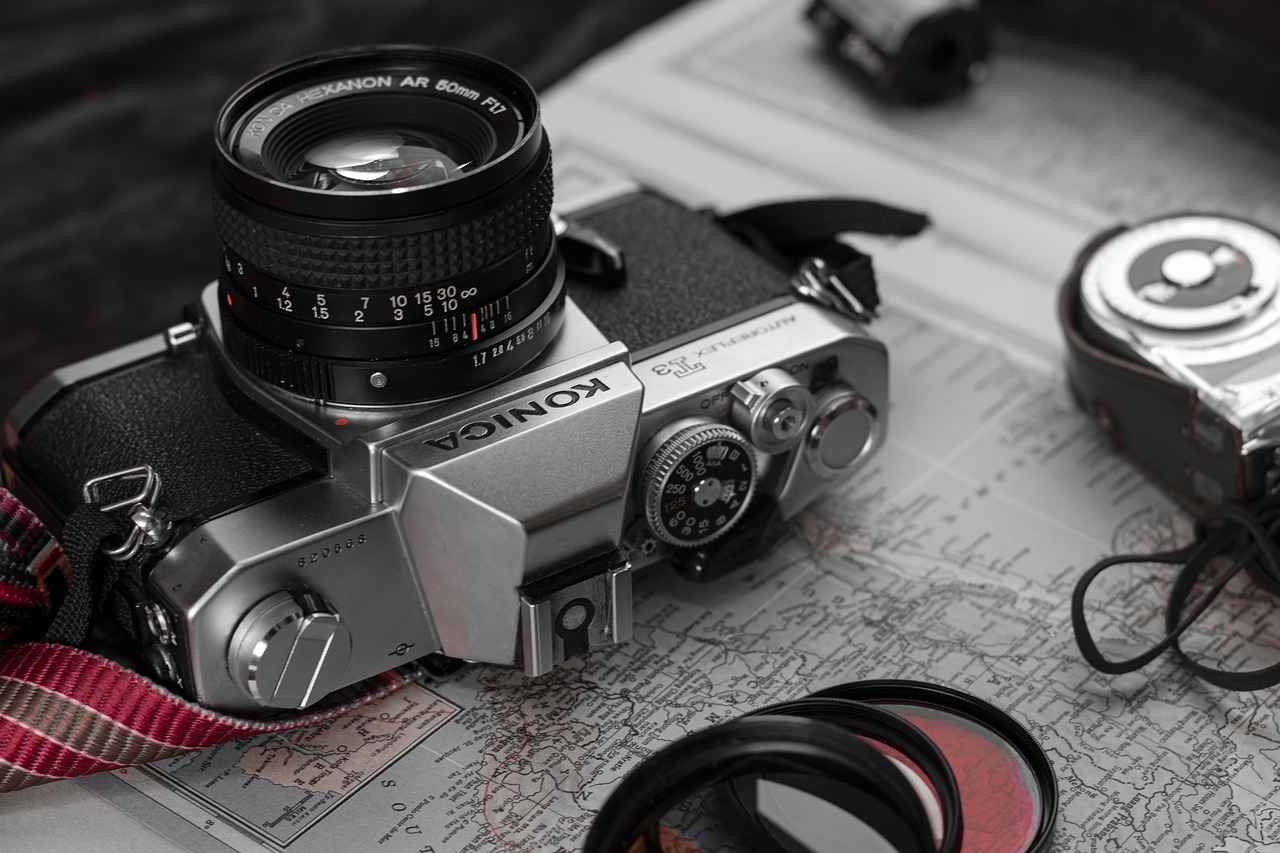
What Are the Future Trends in Action Cameras?
The action camera market is evolving rapidly, driven by technological advancements and changing consumer preferences. As we look ahead to 2025, it is essential to explore the upcoming trends and innovations that could significantly influence future models from both GoPro and DJI. These trends not only shape the competitive landscape but also redefine user experiences.
One of the most exciting trends is the integration of AI technology into action cameras. This includes features like automatic scene recognition and enhanced image processing capabilities, enabling users to capture stunning footage with minimal effort. Additionally, AI can assist in video editing, providing users with smart editing suggestions and automated highlights.
Future action cameras are expected to offer improved connectivity options, such as 5G support. This will allow for faster uploads and live streaming capabilities, enabling users to share their adventures in real-time. Enhanced connectivity can also facilitate seamless integration with mobile apps, providing users with more control and customization options.
As environmental consciousness grows, manufacturers are likely to focus on sustainable practices. This may include the use of eco-friendly materials and energy-efficient production methods. GoPro and DJI may also introduce programs for recycling older models, encouraging users to upgrade responsibly.
Battery life remains a critical factor for action camera users. Innovations in battery technology, such as the development of faster-charging lithium batteries and solar-powered options, could significantly enhance the usability of these devices. Longer battery life and quicker charging times will undoubtedly be a priority for both GoPro and DJI in their future models.
As user feedback becomes increasingly valuable, we can expect future action cameras to embrace user-centric design changes. This includes more intuitive interfaces, customizable settings, and ergonomic designs that cater to the needs of various users, from extreme sports enthusiasts to casual vloggers.
The accessories market for action cameras is likely to expand, introducing innovative mounts, protective cases, and advanced lenses. Modular accessories that allow users to customize their cameras for different activities could become a popular trend, enhancing versatility and functionality.
Future models are expected to push the boundaries of video quality, with advancements in resolution and frame rates. Features like 8K recording and improved low-light performance will cater to the growing demand for high-quality content creation. Additionally, enhanced stabilization technologies will ensure smoother footage, even in the most challenging conditions.
Software and editing capabilities will play a crucial role in the evolution of action cameras. Future models may come equipped with advanced editing software that simplifies the post-production process. This could include built-in editing tools and enhanced mobile applications that allow users to create professional-looking videos with ease.
As consumer preferences shift towards multifunctional devices, future action cameras may integrate features beyond traditional video recording. Expect to see models that can also serve as photography tools, offering high-quality still images and advanced shooting modes.
In summary, the action camera market is poised for significant transformation as we move toward 2025. With innovations in AI, connectivity, sustainability, and user experience, both GoPro and DJI are likely to introduce models that not only meet but exceed consumer expectations. Keeping an eye on these trends will help enthusiasts and casual users alike make informed decisions for their next adventure.
Frequently Asked Questions
- What is the main difference between GoPro and DJI Osmo Action cameras?
The biggest difference lies in their features and usability. GoPro cameras are known for their rugged design and superior image stabilization, while DJI Osmo Action boasts a unique dual-screen setup that enhances vlogging capabilities. Each camera has its strengths, so it really depends on your specific needs!
- Which camera offers better video stabilization?
Both cameras excel in stabilization, but GoPro’s HyperSmooth technology is often highlighted for its exceptional performance in challenging conditions. DJI’s RockSteady also delivers smooth footage, but GoPro tends to have the edge in extreme action scenarios.
- How does battery life compare between the two cameras?
Battery life can vary based on usage, but generally, both cameras offer a decent performance. GoPro typically lasts a bit longer under heavy use, while the DJI Osmo Action may require more frequent charging if you’re using features like dual screens extensively. Always good to have a spare battery on hand!
- Are there any unique accessories for each camera?
Absolutely! GoPro has a vast ecosystem of accessories including mounts, filters, and cases designed specifically for adventure. DJI also offers various accessories, but you might find GoPro’s selection more extensive, especially for extreme sports.
- Which camera is better for vlogging?
If vlogging is your primary focus, the DJI Osmo Action might be your best bet due to its front-facing screen. However, GoPro’s high-quality video and audio also make it a strong contender. It really comes down to personal preference!
